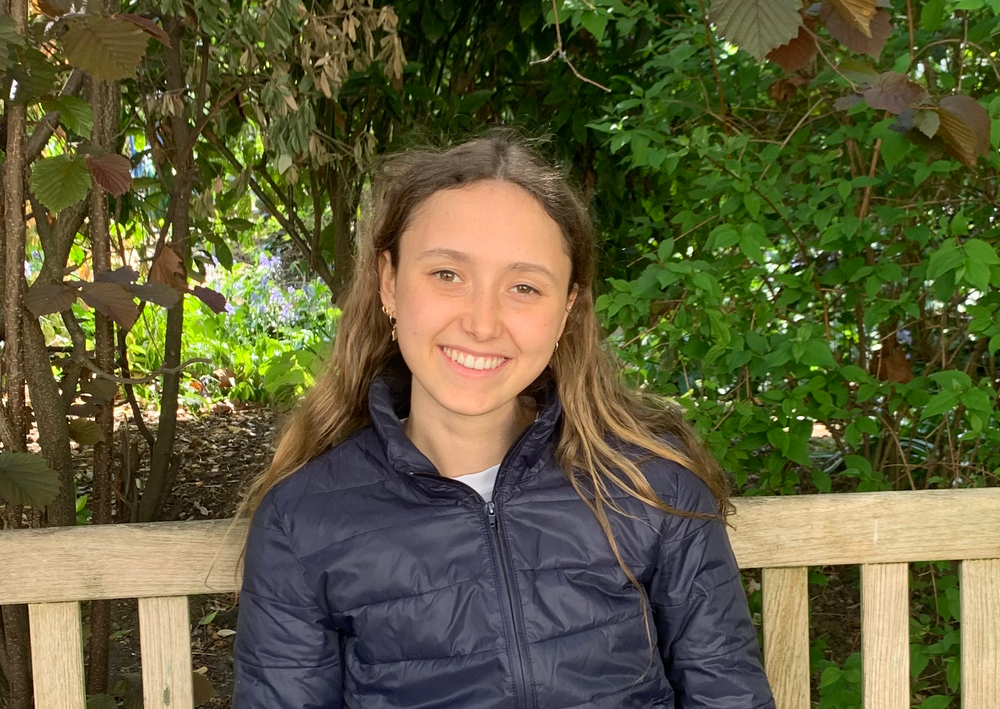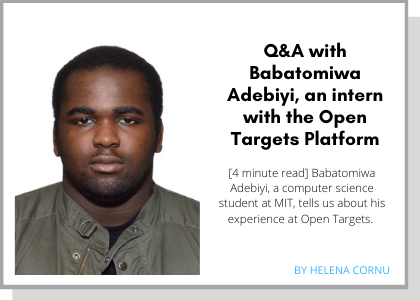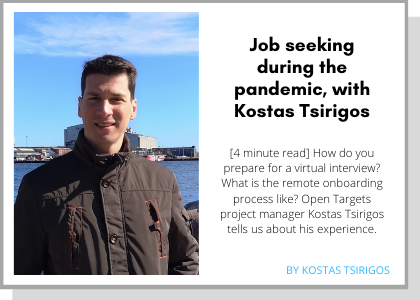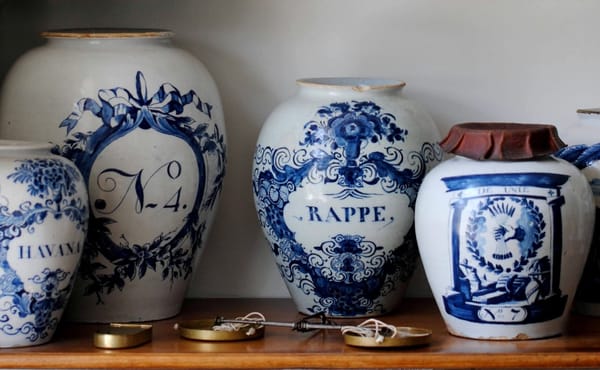Q&A with Nicole Toft, a summer intern with Open Targets
During the summer of 2020, Open Targets welcomed two interns from the Massachusetts Institute of Technology (MIT). Nicole Toft is a second-year undergraduate student studying computer science and economics. She joined Open Targets through MIT's international science and technology initiatives (MISTI).
I caught up with her to find out about her experience interning with Open Targets.
It’s lovely to meet you! What was it like to intern with Open Targets remotely? Was there anything particularly challenging?
My degree is in computer science and economics, so this project was a little daunting because I don’t have a background in biology. I also had some coding experience, but for this project, I had to learn how to use a whole new programming language called R. So that was challenging!
However, it was amazing to be able to do an internship like this from my home in London. I had to be quite independent, because joining remotely meant that I wasn’t able to ask questions as they occurred to me. David Ochoa and Ellie McDonagh were wonderful — they helped me to outline the project and met with me twice a week, so that I could ask them any questions that came up along the way.
Could you tell me a little bit about the project itself?
The aim of my project was to determine whether common diseases which are phenotypically similar to rare diseases also share a genetic cause.
I pulled evidence data from the Open Targets Platform and disease phenotype data from the Monarch Initiative, and classified each disease as common or rare. I was trying to identify pairs of diseases — one rare, one common — whose symptoms were similar. We were hoping to find pairs in which the rare disease had a well-characterised genetic basis, which could point us towards new interpretations or new potential therapeutic targets for the more complex or common disease.
From a total of 106 phenotypically-characterised common diseases with relevant GWAS studies and 2 570 rare diseases with likely-causal genes, I established 45 463 disease pairs with an estimated genetic and phenotypic similarity.
Then, I was able to use the evidence from the Open Targets Platform to see whether the pairs of diseases shared any targets for approved drugs or medicines still in clinical trials. Amongst my pairs, I identified 260 disease pairs with at least one shared target, some of which displayed high phenotypic and genetic similarity. For example, I found that patients with rheumatoid arthritis, a common disease, display similar clinical signs or symptoms as patients suffering from Takayasu arteritis, a rare disease. More importantly, both diseases have approved treatments targeting the same 3 genes: IL6, MICB and NFKBIL1.
One of the things we can do with this information is to increase the certainty of potentially relevant targets for common or complex diseases, by leveraging the more obvious genetic signal observed in a few families suffering from a given rare disease. While not all phenotypically similar diseases will have the same genetic cause, and therefore the same treatment, we anticipate from this study that the robust statistical aggregation of rare and common disease signals could help prioritise new therapeutic strategies.
I loved seeing the ease with which you can do statistical analysis through coding. It introduced me to so many opportunities and techniques that I didn’t know existed.
What did you learn from this? What is next for you?
The project was short but I picked up a lot of skills, especially in data analysis. I loved seeing the ease with which you can do statistical analysis through coding. It introduced me to so many opportunities and techniques that I didn’t know existed. For example, I’d never really thought about how a whole network of code interacts.
I have decided to take a year off school, and I’m currently in the middle of another internship, this time working on a data analysis project for a fintech startup company. Because the tools and techniques of data analysis are applicable to so many different fields, I was able to apply what I had learnt from my Open Targets project to a completely different problem.
Nicole’s project was part of a larger effort to find new ways of exploring and capitalising on the evidence showcased in the Open Targets Platform. We will be releasing a new version of the Platform later this year which includes some of these innovative ideas.
Meet more of our team members
Meet more of our team members








